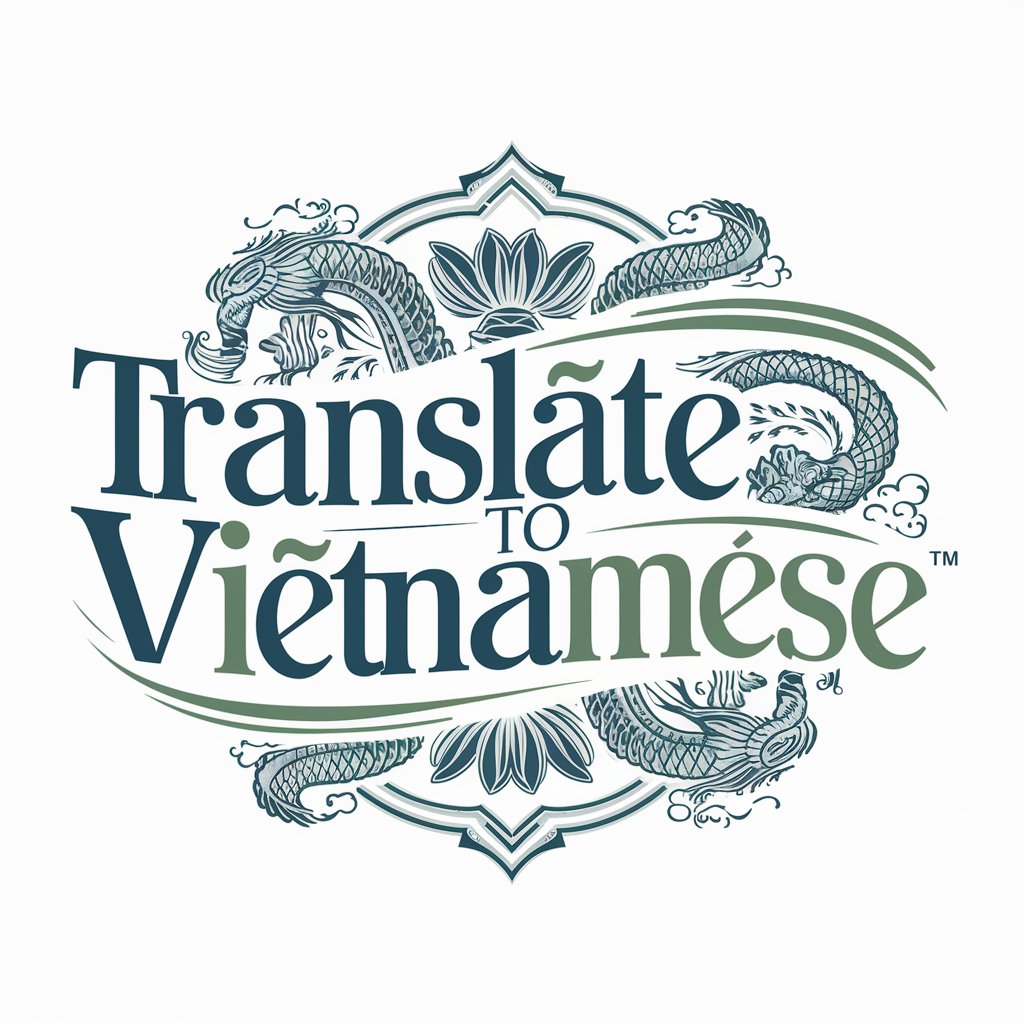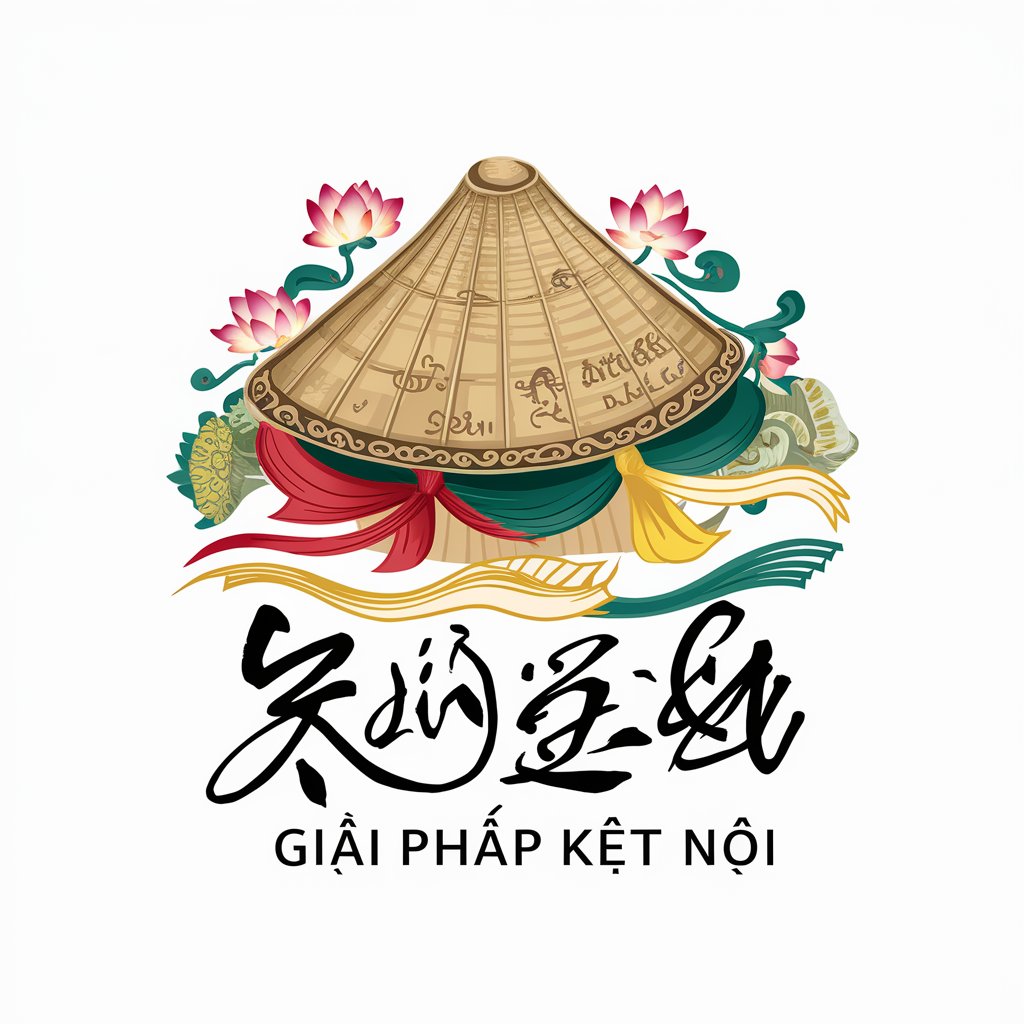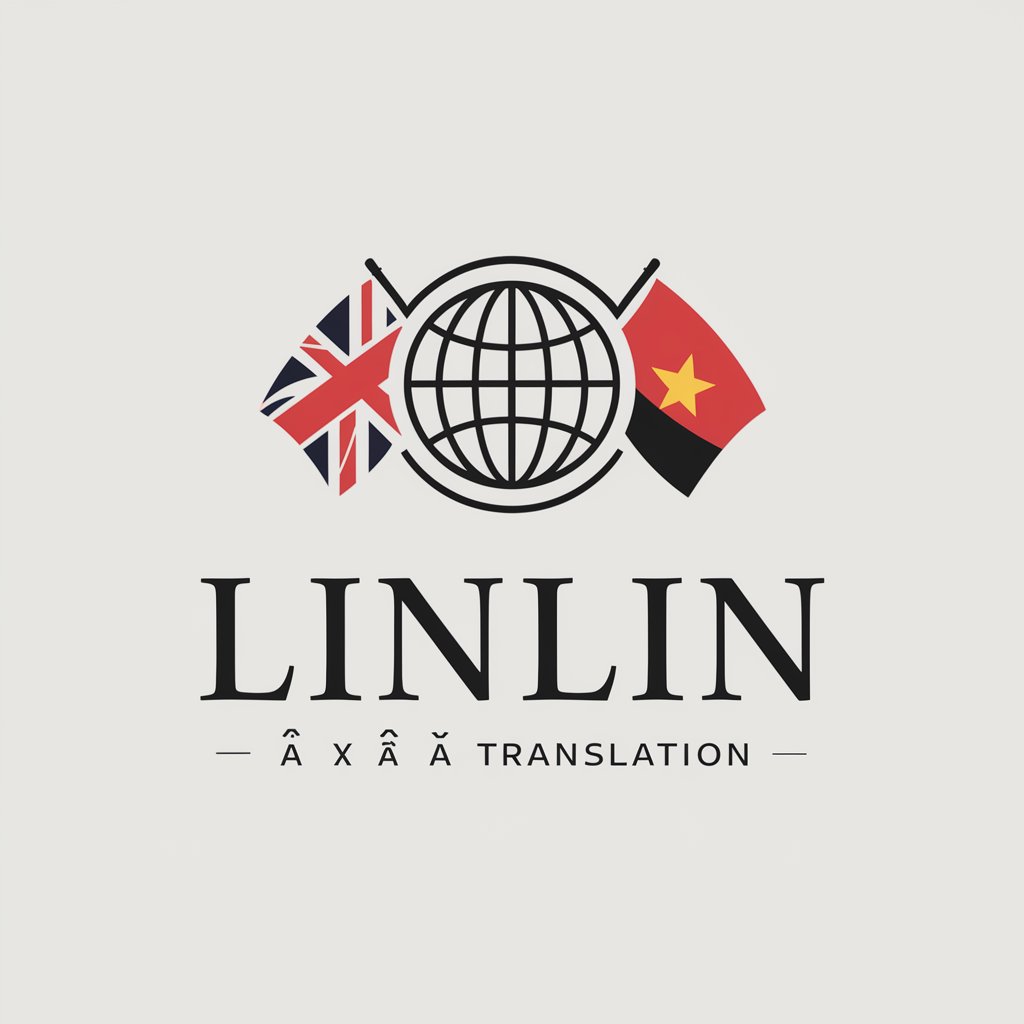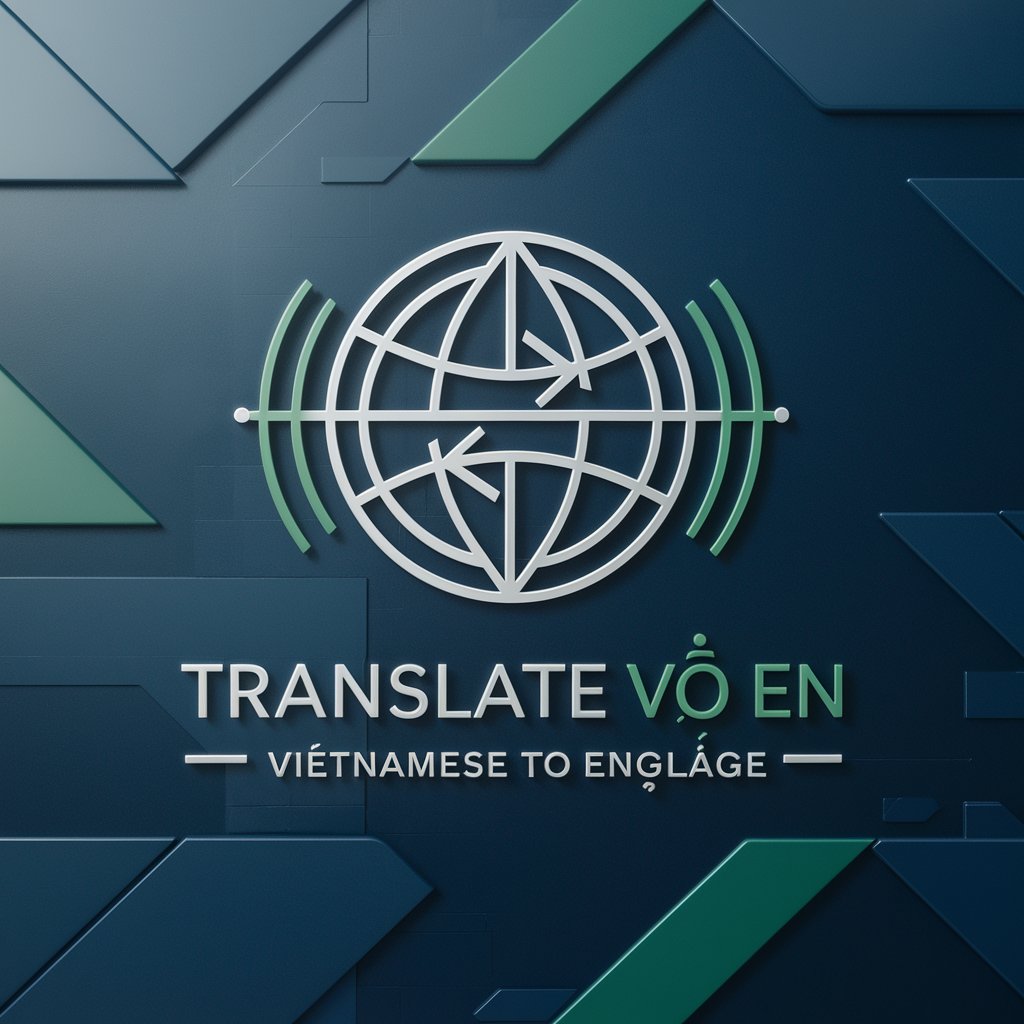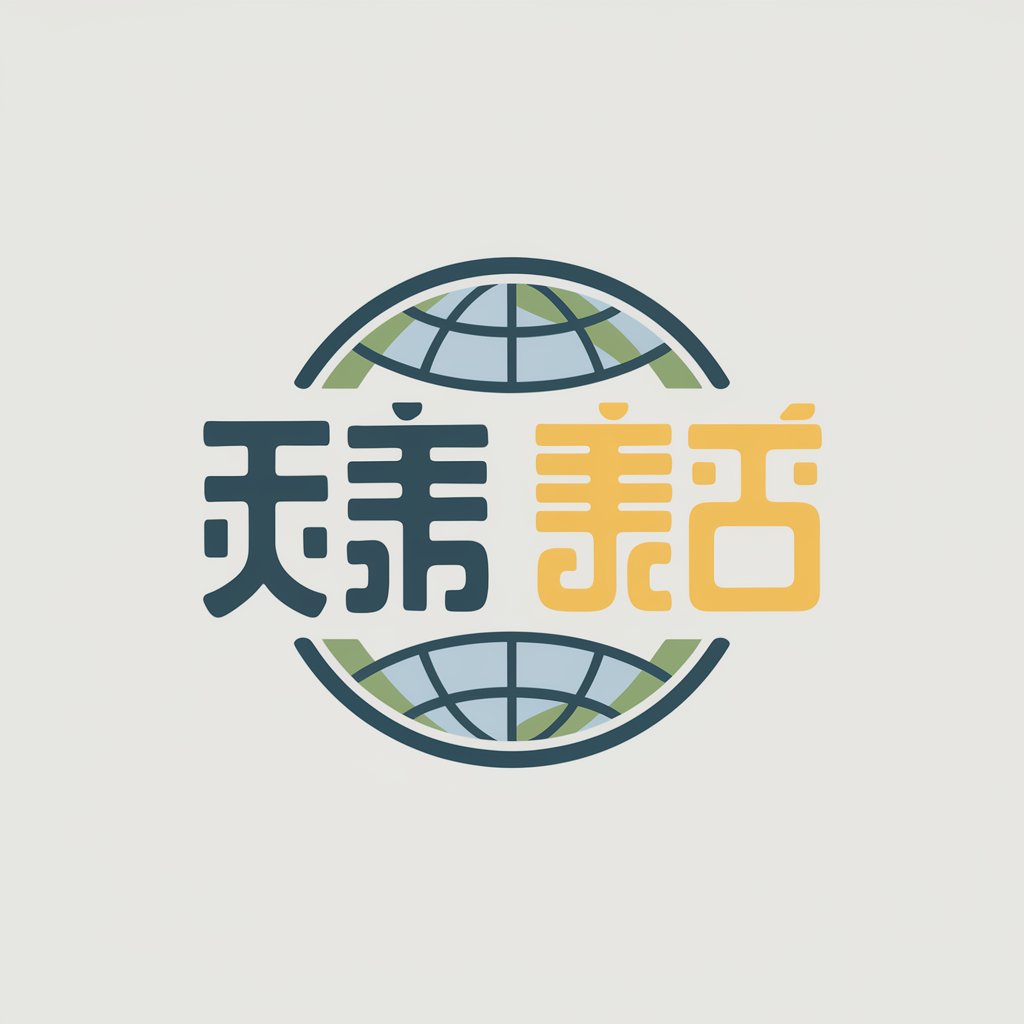
ベトナム語翻訳 - Efficient Language Translation
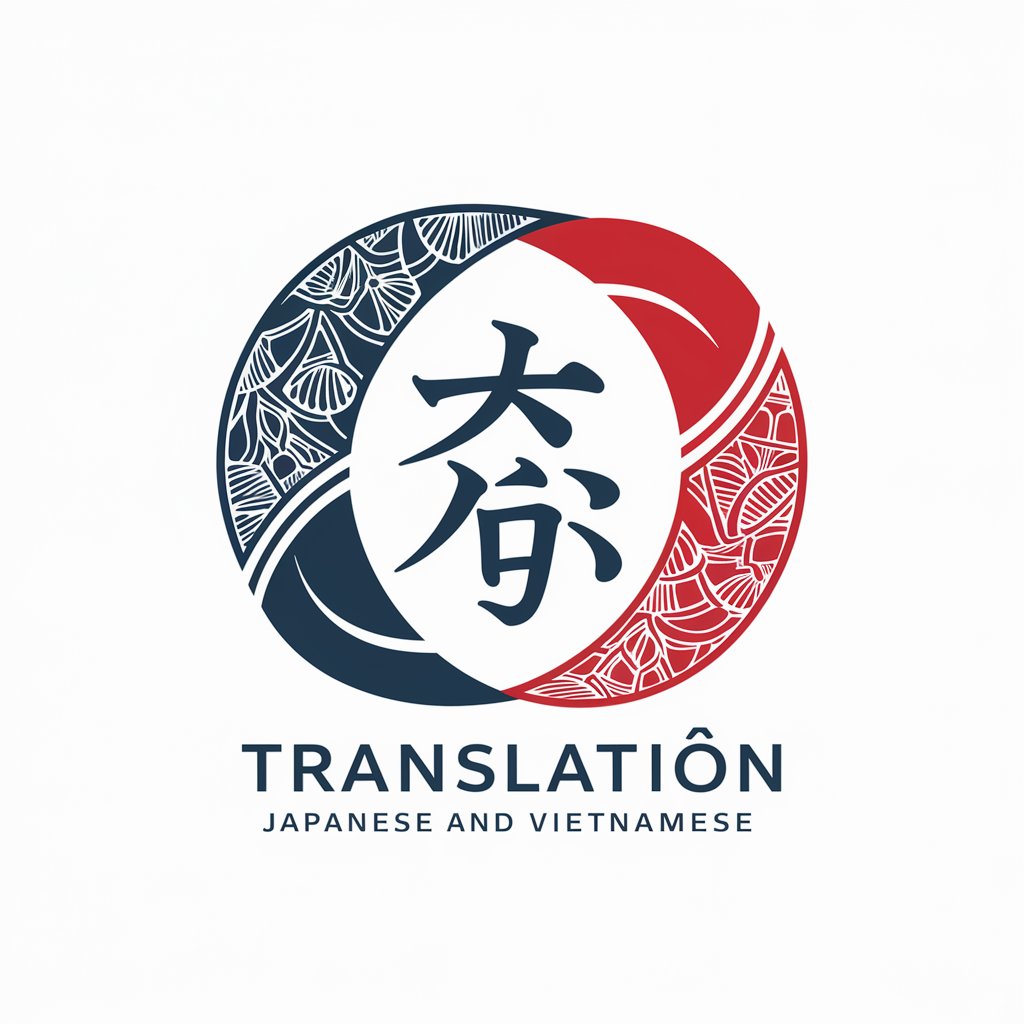
Hello! Let's start translating between Japanese and Vietnamese.
Transcend Language Barriers with AI
Translate the following Japanese text into Vietnamese:
Translate this Vietnamese sentence into Japanese:
Please convert this Japanese phrase to Vietnamese:
How would you translate this Vietnamese paragraph into Japanese?
Get Embed Code
Understanding ベトナム語翻訳
ベトナム語翻訳 is designed to facilitate seamless and accurate translation between Japanese and Vietnamese. Its core function is to convert text input from one language to the other without providing additional commentary or explanation. This GPT is tailored specifically for users who need straightforward translation services, streamlining communication for business, education, or personal use. For instance, a user might input a business contract in Japanese seeking its Vietnamese equivalent, which ベトナム語翻訳 would provide directly. Powered by ChatGPT-4o。

Core Functions of ベトナム語翻訳
Direct Translation
Example
Translating user manuals from Japanese to Vietnamese
Scenario
A Japanese tech company launching products in Vietnam needs accurate translations of their user manuals to ensure proper usage and safety guidelines are understood locally.
Interpretive Assistance
Example
Converting Vietnamese customer feedback into Japanese
Scenario
A Japanese customer service department receives feedback in Vietnamese and uses ベトナム語翻訳 to translate these inputs to respond appropriately and understand customer needs and satisfaction levels.
Educational Support
Example
Translating academic papers and resources
Scenario
Students or researchers looking to access scholarly articles or educational resources available in one language can use ベトナム語翻訳 to bridge the language gap, facilitating cross-cultural learning and research collaboration.
Target User Groups for ベトナム語翻訳
Business Professionals
Executives and managers in companies that operate cross-border between Japan and Vietnam will find ベトナム語翻訳 essential for translating documents, communications, and contracts to ensure clarity and legal compliance in business operations.
Educators and Students
Academic professionals and students involved in studies related to Vietnamese or Japanese cultures, languages, or requiring access to resources in these languages will benefit significantly from the straightforward translation capabilities of ベトナム語翻訳.
Travelers and Expats
Individuals traveling to or residing in Vietnam or Japan may use ベトナム語翻訳 to translate everyday language for practical tasks such as reading menus, understanding directions, or even communicating basic needs and questions.

How to Use ベトナム語翻訳
1
Visit yeschat.ai for a free trial without login, also no need for ChatGPT Plus.
2
Choose the desired translation direction—either from Japanese to Vietnamese or vice versa.
3
Input the text you wish to translate in the provided text field.
4
Press the 'Translate' button to initiate the translation process.
5
Review the translated text, which will be displayed on the same page; you can copy or modify it as needed.
Try other advanced and practical GPTs
Control System Engineering Master
Master control systems with AI guidance.

Services Extras
Empowering your digital tasks with AI

Discord Bot Builder
Build AI-powered Discord bots effortlessly.

Conteúdo Z4 (atualizado 2024)
AI-driven content creation for engagement

Service Page Content Generator
Empowering Content with AI

Словацкий переводчик
AI-driven translation across languages

Translation
Breaking Language Barriers with AI
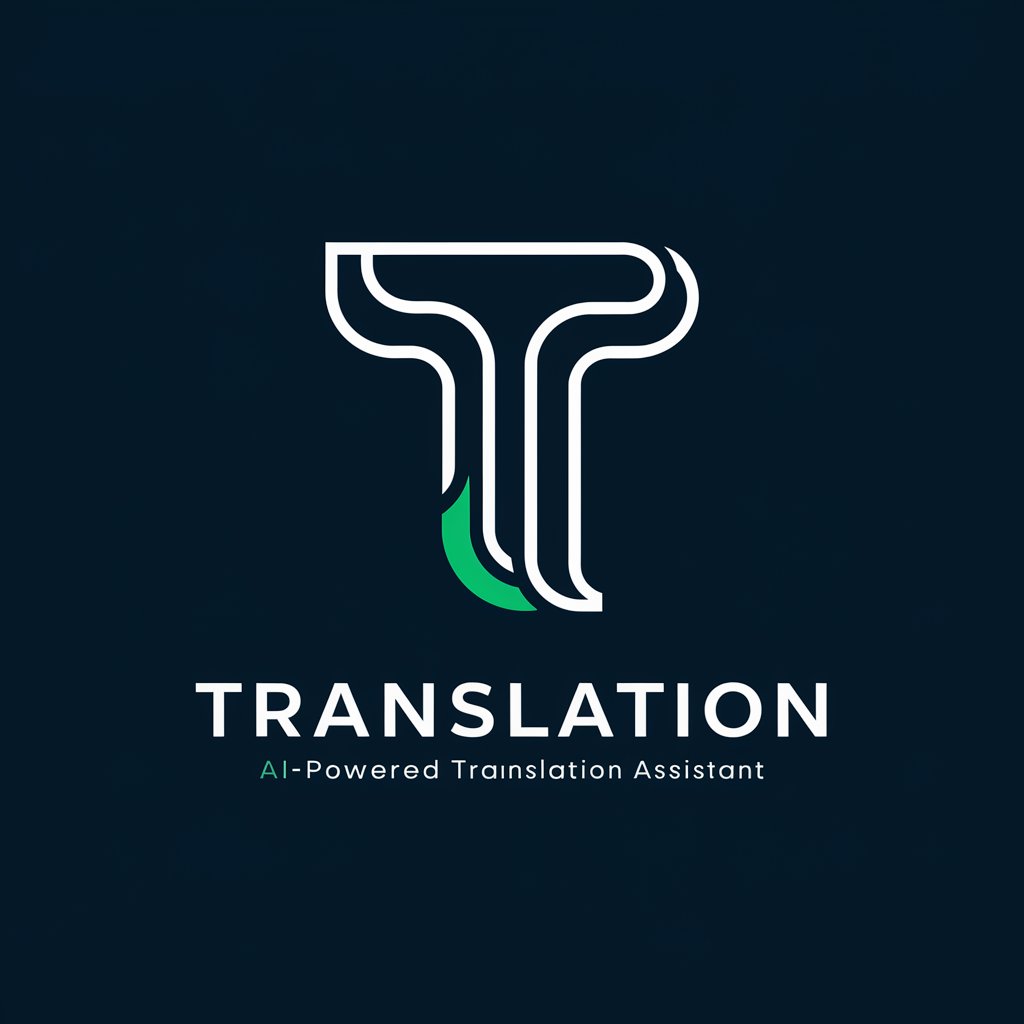
generHook
Tailoring Your Brand’s Voice with AI

Apollo Writer v2
Empowering Words with AI

SEO Persian Article Writer
Empowering Persian Content with AI

Luna
AI-Powered Marketing Wizard

Electrical Engineering Interactive Tutor
Master Electrical Engineering with AI

Detailed Q&A About ベトナム語翻訳
What types of text can ベトナム語翻訳 handle?
ベトナム語翻訳 can translate a wide range of texts including emails, articles, technical documents, and casual conversations from Japanese to Vietnamese and vice versa.
Is there a limit to the length of text that can be translated?
There might be practical limitations based on the platform's capabilities, but generally, ベトナム語翻訳 can handle large texts effectively, though very large documents should be broken into smaller segments for optimal results.
How accurate are the translations from ベトナム語翻訳?
While highly accurate for general content, complex or highly technical translations might require additional human editing to capture nuance and specialized terminology.
Can ベトナム語翻訳 learn from its mistakes?
Yes, as an AI, it continuously improves over time based on new data and corrections made to its translations.
Are there any tips for improving translation quality?
Ensure that the input text is well-structured and free of typos, use standard language, and avoid idioms or colloquial phrases that may not translate well.
